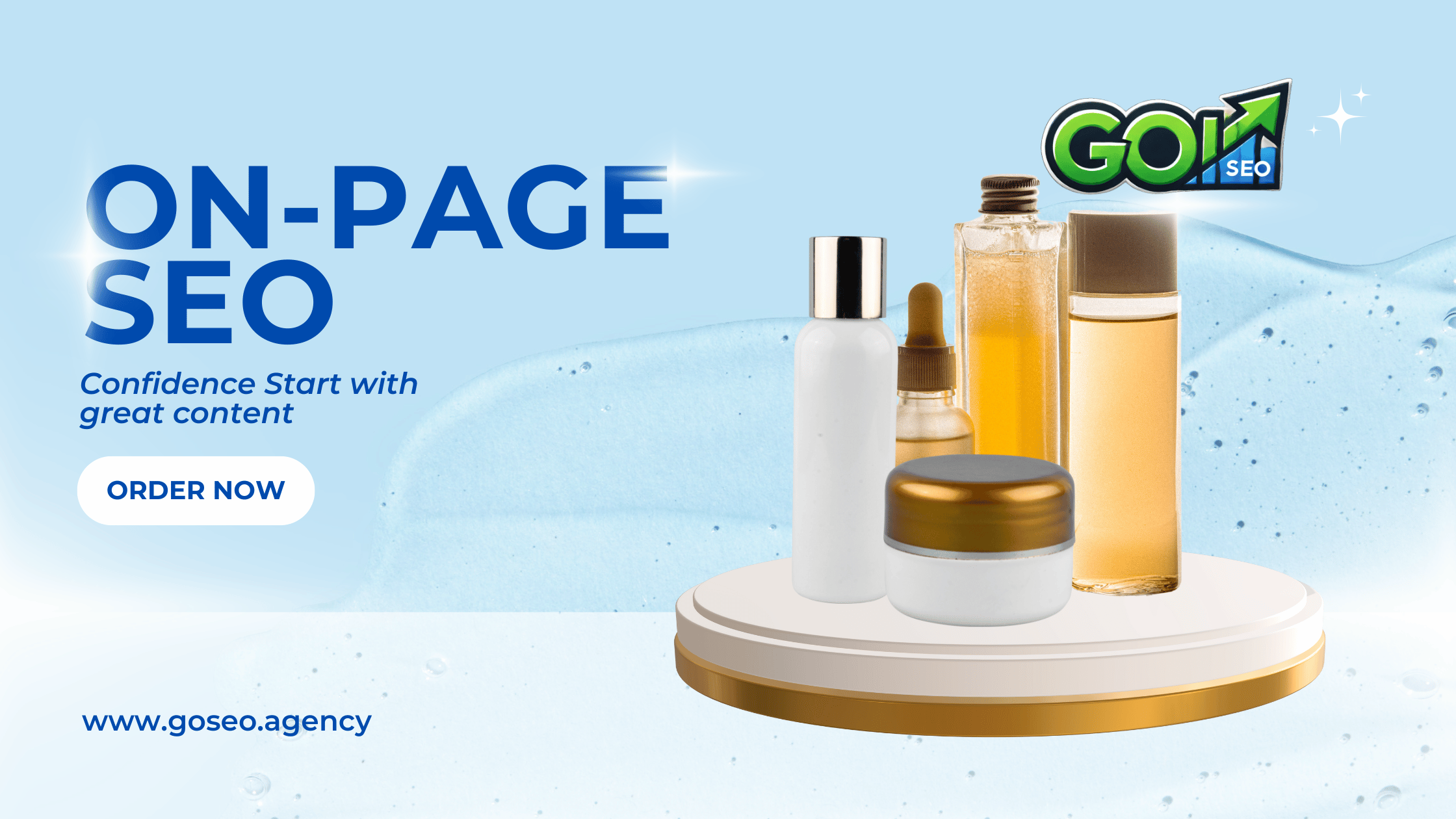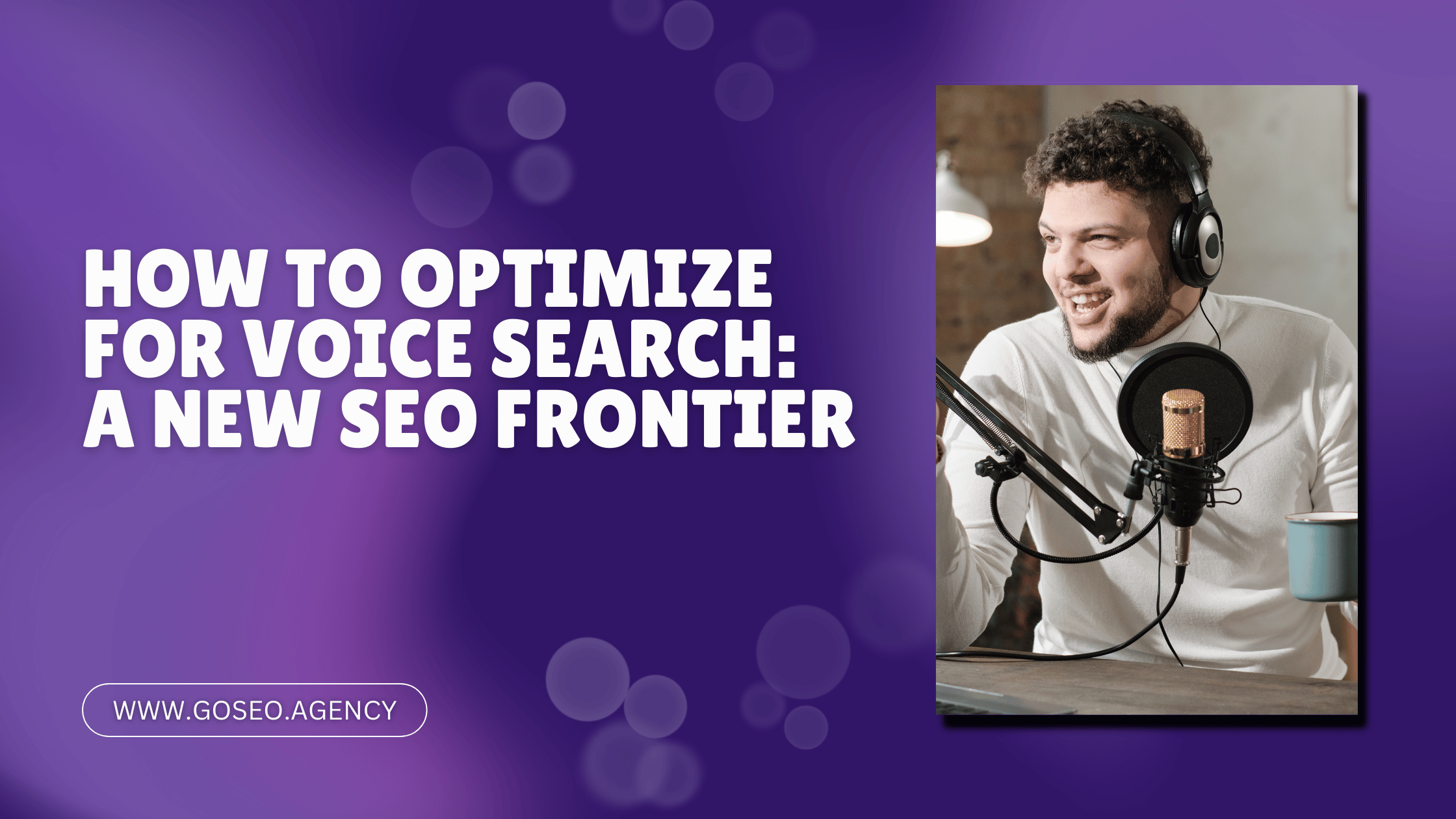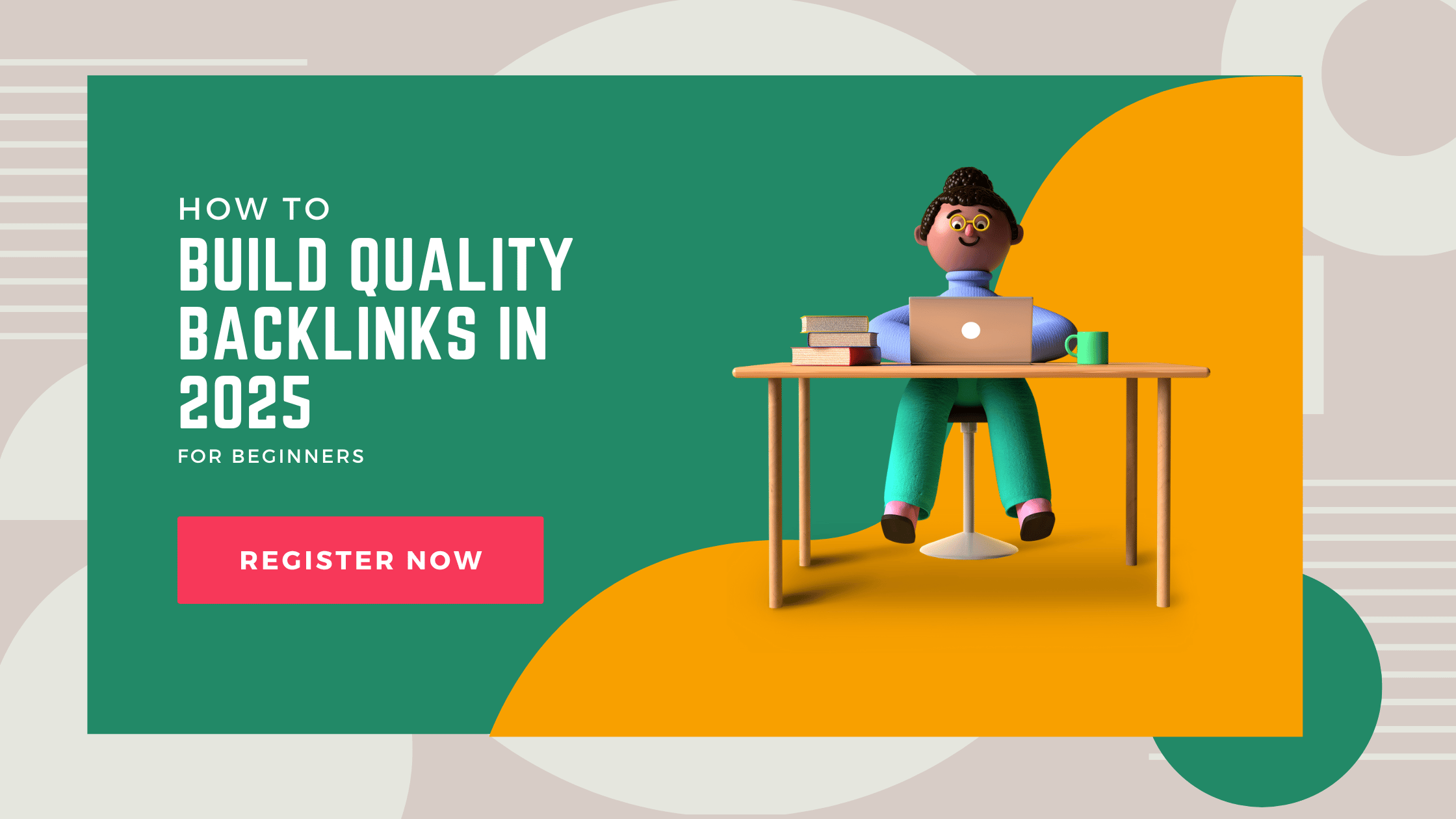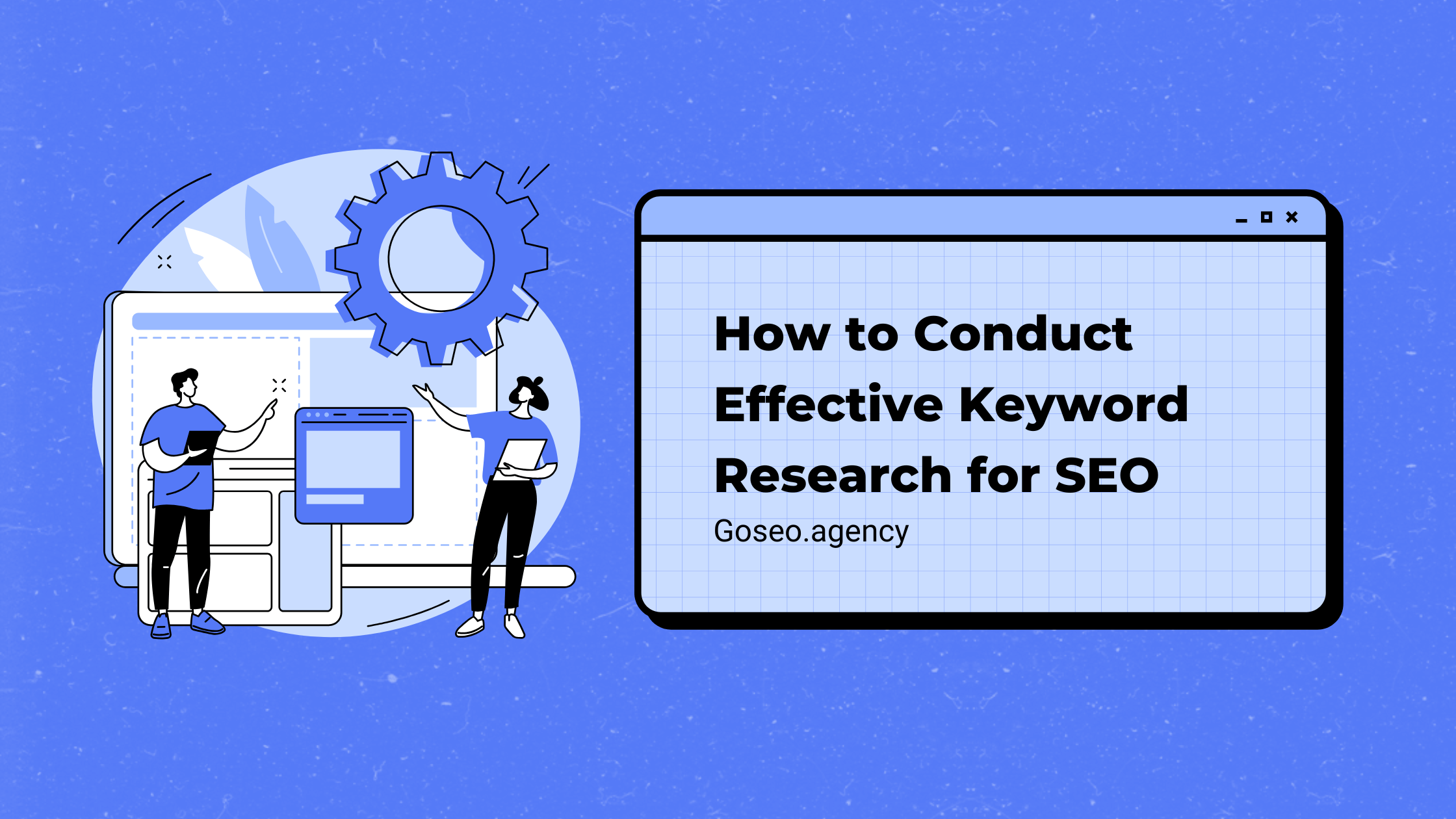On-page SEO is the practice of optimizing individual pages on your website to rank higher in search engines and attract more relevant traffic. Unlike off-page SEO, which focuses on external factors like backlinks, on-page SEO involves elements that are directly within your control. By optimizing key aspects of your web pages, you can improve your chances of ranking higher, increasing visibility, and providing a better user experience.
In this blog, we’ll cover the best on-page SEO practices you should follow to ensure your content is optimized for search engines.
1. Conduct Thorough Keyword Research
Keyword research is the first and most important step in on-page SEO. Before you optimize your content, you need to identify the right keywords to target. These are the words and phrases your audience is searching for when they want to find information related to your business.
- Use Keyword Research Tools: Tools like Google Keyword Planner, Ahrefs, SEMrush, or Ubersuggest can help you identify high-volume keywords with low competition.
- Focus on Long-Tail Keywords: Long-tail keywords (more specific phrases) often have lower competition and higher conversion potential.
- Search Intent: Understand the intent behind the keywords. Are people searching for information (informational intent), looking to buy something (transactional intent), or comparing products (commercial intent)?
Once you have a list of relevant keywords, you can strategically place them throughout your content.
2. Craft a Compelling Title Tag
The title tag is one of the most important on-page SEO elements. It’s the clickable headline that appears in search results and browser tabs. A well-optimized title tag can significantly impact your click-through rate (CTR) and help search engines understand the content of your page.
Best Practices for Title Tags:
- Include Primary Keyword: Make sure your primary keyword appears at the beginning of the title tag.
- Keep It Under 60 Characters: Google typically displays the first 50-60 characters of the title tag, so keep it concise.
- Make It Compelling: Write a title that entices users to click. Use action words or numbers to make it more engaging (e.g., “10 Proven Tips for Better SEO”).
- Branding: If applicable, include your brand name at the end of the title tag for brand recognition.
Example:
- Poor Title Tag: “SEO Tips”
- Optimized Title Tag: “10 SEO Tips for Beginners to Boost Your Rankings | [Brand Name]”
3. Optimize Meta Descriptions
The meta description is a short summary (usually 150-160 characters) that appears below the title tag in search engine results. While it doesn’t directly impact rankings, it plays a crucial role in attracting clicks. A well-written meta description can improve your CTR, which indirectly affects SEO performance.
Best Practices for Meta Descriptions:
- Include Keywords: Incorporate your primary keyword in the meta description, but don’t overstuff it.
- Keep It Concise: Stick to around 150-160 characters to ensure the entire description is visible in search results.
- Make It Engaging: Write a compelling description that encourages users to click. Mention benefits or solutions to their problems.
- Use a Call-to-Action (CTA): Phrases like “Learn more,” “Get started,” or “Find out how” can encourage action.
Example:
- Poor Meta Description: “Learn SEO.”
- Optimized Meta Description: “Discover 10 proven SEO tips to help you rank higher on Google and drive more traffic to your website. Start optimizing today!”
4. Use Header Tags (H1, H2, H3)
Header tags (H1, H2, H3, etc.) help structure your content and make it easier for both users and search engines to understand the hierarchy of information. Properly using header tags can improve the readability of your content and its SEO performance.
Best Practices for Header Tags:
- Use H1 for the Main Title: The H1 tag should be reserved for the main title of your page. It should include your primary keyword and clearly describe the content.
- Use H2 and H3 for Subheadings: H2 tags should be used for major sections of your content, while H3 tags can be used for sub-sections. This creates a clear structure for both users and search engines.
- Include Keywords in Subheadings: Where relevant, include secondary keywords in H2 and H3 tags to help reinforce the page’s theme.
Example:
- H1: “The Ultimate Guide to On-Page SEO”
- H2: “What is On-Page SEO?”
- H3: “Key On-Page SEO Factors to Consider”
5. Optimize Your Content for Readability
Search engines prioritize content that provides value to users, and readability plays a significant role in this. If users can’t easily read and digest your content, they’re likely to leave your page quickly, which can increase your bounce rate and negatively affect rankings.
Best Practices for Content Readability:
- Use Short Paragraphs: Break up long blocks of text into shorter paragraphs to improve readability.
- Bullet Points and Lists: Use bullet points or numbered lists to present information clearly and concisely.
- Simple Language: Avoid jargon and complex language. Write in a way that is easy for your target audience to understand.
- Internal Linking: Link to other relevant pages on your site to improve navigation and help search engines crawl your website more effectively.
- Multimedia: Incorporate images, videos, and infographics to make your content more engaging. Be sure to optimize images with alt text that includes relevant keywords.
6. Optimize URLs
URLs are another important on-page SEO factor. A clean, descriptive URL helps both search engines and users understand the content of the page.
Best Practices for URLs:
- Include Keywords: Make sure the URL contains your primary keyword, if possible.
- Keep It Short and Descriptive: Avoid long, complex URLs. Keep them concise and descriptive of the page’s content.
- Use Hyphens to Separate Words: Google prefers hyphens (-) over underscores (_) to separate words in a URL.
Example:
- Poor URL: “www.example.com/123456“
- Optimized URL: “www.example.com/ultimate-guide-to-on-page-seo“
7. Optimize Images
Images enhance the user experience, but they also need to be optimized for SEO. Search engines can’t “see” images, but they can read the alt text and other attributes associated with them. Optimizing your images helps improve your rankings and ensures that your content is accessible to all users.
Best Practices for Image Optimization:
- Use Descriptive File Names: Name your image files with relevant keywords (e.g., “on-page-seo-guide.jpg”).
- Add Alt Text: Use descriptive alt text that explains what the image is about. Include relevant keywords where appropriate.
- Compress Images: Large image files can slow down your website. Use tools like TinyPNG or ImageOptim to compress images without sacrificing quality.
8. Ensure Mobile-Friendliness
With mobile-first indexing, Google prioritizes mobile-friendly websites in search results. Make sure your website is responsive and looks great on all devices, from desktops to smartphones.
Best Practices for Mobile Optimization:
- Responsive Design: Use a responsive design that adjusts to different screen sizes.
- Fast Loading Speed: Ensure your website loads quickly on mobile devices by optimizing images, reducing server response time, and minimizing code.
- Avoid Pop-Ups: Pop-ups that interfere with mobile navigation can negatively affect user experience and SEO.
9. Improve Page Load Speed
Page speed is a critical ranking factor for both user experience and SEO. A slow website can lead to high bounce rates and lower rankings in search results.
Best Practices for Page Speed:
- Use a Content Delivery Network (CDN): A CDN can help speed up loading times by distributing your content across multiple servers.
- Minimize HTTP Requests: Reduce the number of elements on your page (images, scripts, etc.) to decrease load times.
- Enable Caching: Caching stores copies of your website’s files, reducing load time for returning visitors.
Conclusion
On-page SEO is an essential part of any successful SEO strategy. By following these best practices, you can optimize your content for search engines, improve user experience, and increase your chances of ranking higher in search results. Remember, SEO is a long-term effort, so consistently optimizing your content and keeping up with best practices will yield the best results over time.




